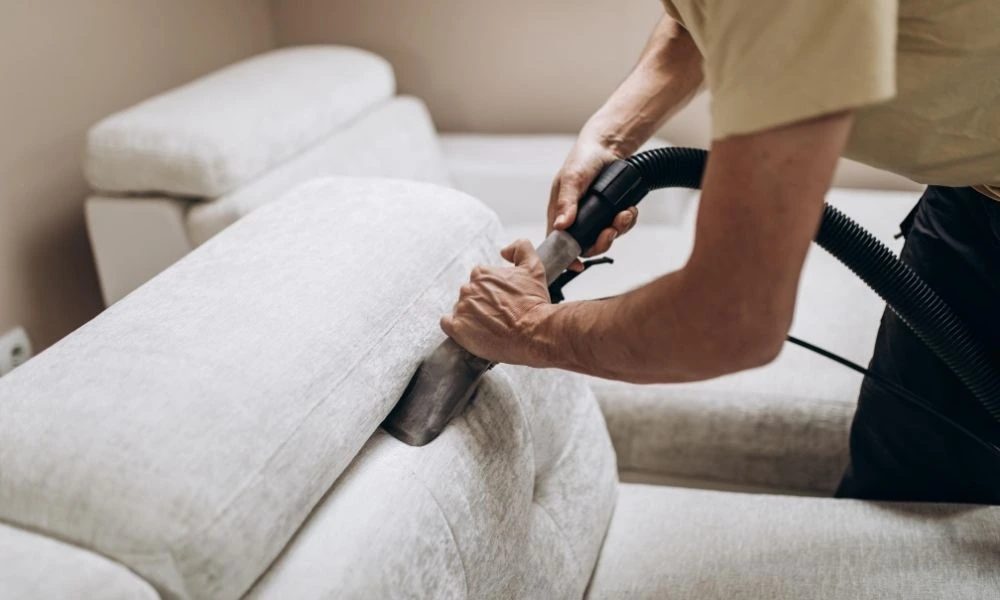Wooden furniture is an investment with long-term potential and should be treated accordingly to become part of a treasured family heirloom.
Furniture should be stored away from sources of heat, light and dampness to keep its surfaces protected against direct water contact. Wood surfaces also should not come into direct contact with water sources.
1. Clean it regularly
Furniture is one of the greatest investments you can make for your home, so it’s essential that it remains in good condition over time. Proactive maintenance will extend its lifespan while keeping its beauty alive for many years to come.
Your first task should be to keep your furniture clean on an ongoing basis; this will extend its life while eliminating dirt and dust accumulations from it.
Regular vacuuming of upholstered furniture is the easiest way to keep dirt out of cracks and crevices, helping protect the fabric and leather surfaces from becoming compromised by build-up of dirt.
As soon as stains appear, quickly wipe them with a damp cloth or sponge and blot them gently rather than scrubbing to avoid future marks. This will ensure future stains do not occur.
Make a solution of equal parts vinegar and water to eliminate odors on furniture, but test first in an inconspicuous spot as this could stain wood surfaces or discolor paint finishes if not suitable for your furniture’s finish.
2. Tighten the screws
Loose screws can be an annoying, but potentially unsafe situation. Loose screws on doors may prevent them from closing correctly while loose bolts on outdoor power equipment may cause vibration that harms its functionality and could even prove hazardous to human life.
An insecure screw can quickly tear through wood it is meant to support, whether from being overtightened during installation or subjected to additional force than it can withstand.
To solve a screw that has become loose, try switching it out for one that is longer or larger in diameter – the new screw should feature threads with threading similar or slightly coarser than its original one.
Use a wedge to reduce the diameter of the hole and help the new screw fit securely, without splitting wood.
3. Don’t forget the legs
Your furniture legs are an integral component of its design and can help unify a room. Be mindful to pay attention to their shapes, heights, shapes and tapering or cabriole qualities – this will create an airier space than just pieces sitting together with straight legs a la Ikea!
If your leg-shaped pieces come in various finishes, make sure you choose one with the most fashionable finish. This might mean selecting an eye-catching material like high-end lacquer or polished wood for best results; this will keep your furniture looking its best even after it has seen time pass! Additionally, using window coverings that block direct sunlight could extend its life while giving you more time in your living room!
4. Don’t forget the fabric
There are various things you can do to maintain the fabric of your furniture in good condition, including regular cleanings, tightening screws securely and eliminating stains as soon as they appear.
Fabric selection can have an enormous effect on the look and durability of furniture. There are various kinds of fabrics out there named after their fiber composition.
Natural fibers such as cotton, wool and silk are known for being strong and resilient fabrics that resist pilling, fading, wrinkles and soiling. Meanwhile, synthetic fabrics are manufactured using chemical processes designed to strengthen them so as to endure daily wear more easily; many synthetic fabrics are GreenGuard certified, meaning no harmful chemicals are released into the environment; plus these fabrics are fade-, oil and stain-resistant making them great choices for pet owners who require easy care clean-up methods such as spot cleaning when necessary.




